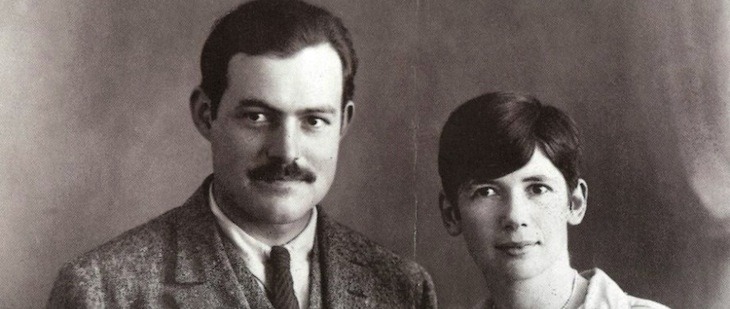Heritage Sites to reopen
by July 20, 2020 12:05 pm 470 views

Ernest Hemingway and his second wife, Pauline.
Arkansas State University’s Heritage Sites are planning to reopen with limited tours available beginning Aug. 4.
Each site will open with a reduced tour schedule. The schedules vary, so Heritage Sites is posting each site’s hours on its website, ArkansasHeritageSites.AState.edu, and its Facebook page.
Dr. Adam Long, executive director, said it will be necessary to limit groups to eight people.
“Because of the limited group size and reduced schedule, we strongly encourage guests to call ahead for reservations,” Long said. “Reservations are not required, but we do not have an indoor waiting area for guests.”
The Heritage Sites staff will be wearing face coverings and taking other steps to help ensure a safe touring experience. Guests also will be required to wear face coverings.
“We are excited to welcome guests back to the sites, but we are also looking forward to new ways to engage with guests and students virtually,” Long added.
Under normal circumstances about 50,000 visitors tour the sites each year.
The first heritage site built was the Hemingway-Pfeiffer Museum in Piggott. Ernest Hemingway, the Nobel Prize and Pulitzer Prize winning author, wrote part of “A Farewell to Arms,” an iconic 20th-century novel, during his many trips to Clay County during the 1930s. He was married to a woman named Pauline Pfeiffer who was from Piggott.
Hall of Fame Musician Johnny Cash grew up in Dyess during the Great Depression. ASU began restoration on the Cash childhood home there in 2011. The dwelling was restored to its original condition and an administrative building built into the old Colony theatre. The project cost about $3.5 million.
ASU began work on the Lakeport Plantation house in Lake Village in 2001. The house, originally built in 1859, is the last Arkansas plantation house still standing along the Mississippi River. The Lakeport Plantation researches and interprets the people and cultures that shaped plantation life in the Mississippi River Delta, focusing on the Antebellum, Civil War, and Reconstruction periods.
The Southern Tenant Farmers Museum in Tyronza is the site of the Southern Tenant Farmers Union’s first headquarters, which operated out of local businesses owned by H.L. Mitchell and Clay East in 1934. The museum preserves the memory of sharecropping and tenant farming in the Delta and presents the history of this rare interracial labor union which advocated for the rights and dignity of tenant farming families.
